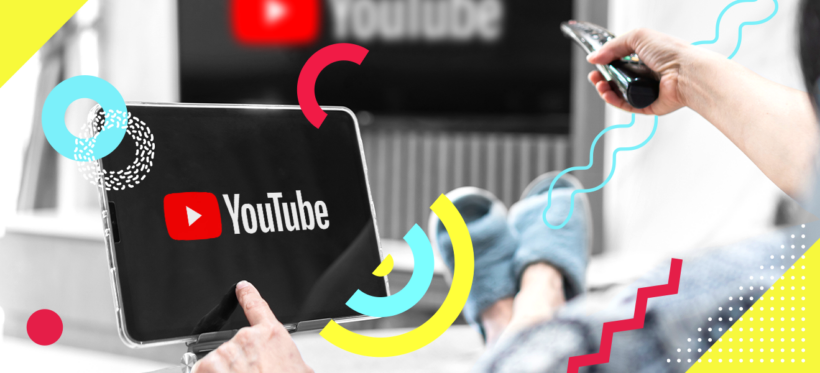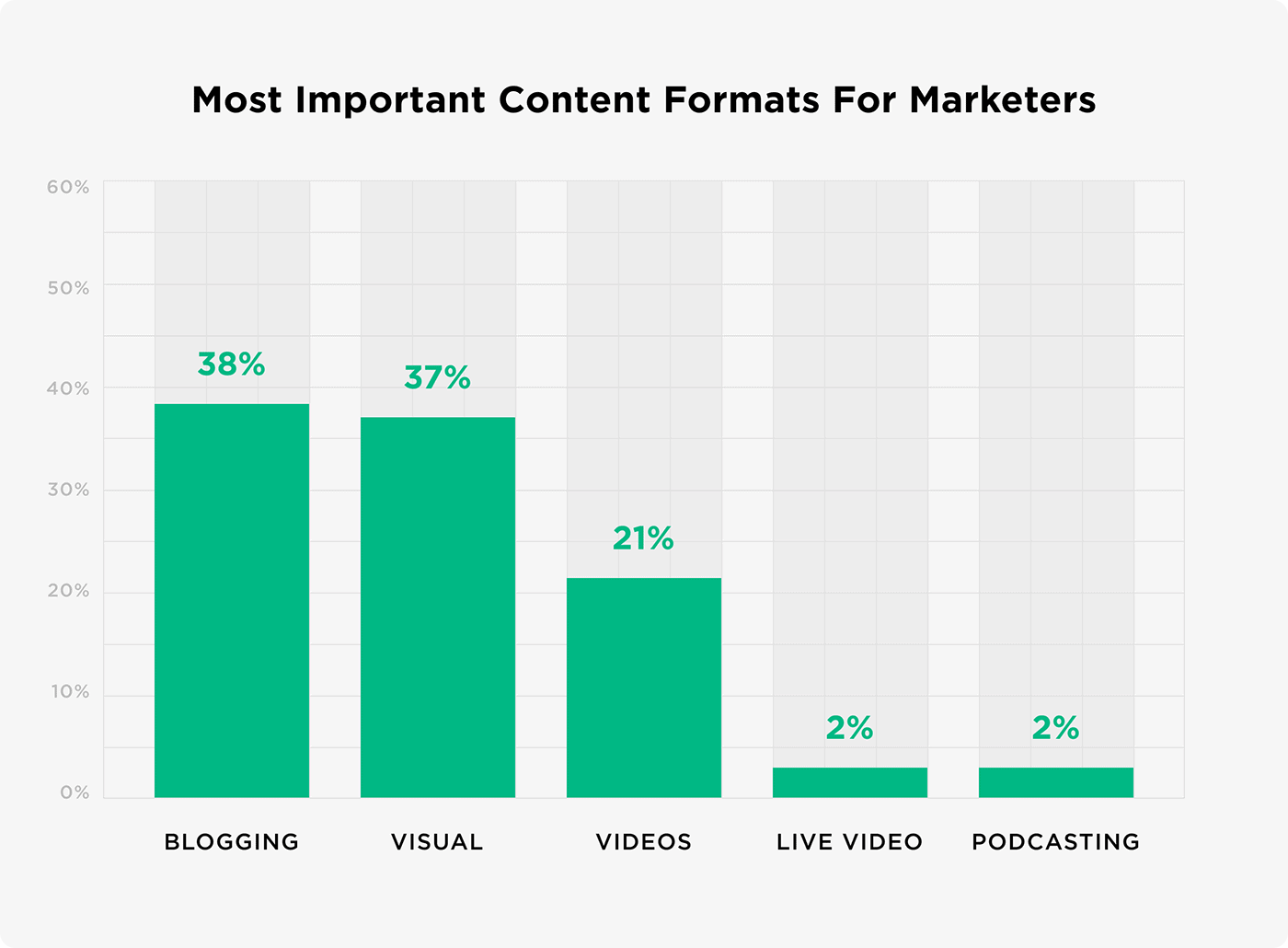
If you are considering using retargeting ads on your website, then you might be curious what they are and how they could benefit your business. This article will explain the benefits and the costs of this strategy. Depending on your objectives, you might consider the following examples for your website:
Benefits

Retargeting ads track visitors to the internet, increasing brand awareness. These ads are visible to large audiences and can boost conversions. These ads can double the ROI of a business up to 150%. They are also a great way to increase brand recognition. By regularly showing ads to users, a brand can cross-sell and upsell products or close better deals. Retargeting advertisements are an effective way to increase conversions.
Techniques
There are several ways to retarget advertisements on websites. One method is to create a dedicated broad campaign and place ads there based on the content the visitor viewed. You can create different audience segments depending on their location, day since their last visit, price viewed, and other factors. The best way to use retargeting websites is to create a custom audience segment.
Costs
The cost of placing an advert and the pricing model that you choose determine the cost of retargeting. Typically, you will pay per thousand impressions for CPM, or cost-per-thousand impressions. The name suggests that impressions are paid for and the targeted audience will see the ad. CPC, however, is less effective in building awareness. It's located at the bottom and not seen personally.
Between the first and last visits

Retargeting ads might work better depending on which type of advertisement and how long between the first and last visits. Depending on the time since the visitor last visited your website, different messages may be sent to visitors who have visited within a week or a month. A shorter timeframe will produce a higher response rate for retargeting ads.
Placement
When setting up a retargeting campaign, there are some things you need to keep in mind. You might not be able to find the exact same information from every visitor to your website. It would be pointless sending them generic retargeting messages. Instead, create custom audiences by using previous visitors' information, products they've seen, or past customers. You should also exclude people with low conversion rates in order to make your audience more targeted.
FAQ
Is it possible to get traffic for free?
Free Traffic refers to the traffic that comes directly from organic search results without paying for ads. This is also known as organic or natural traffic. There are many methods to obtain free traffic such as article marketing or social media marketing.
Article Marketing is one way to get free traffic. Paying ads can be more costly than CPC. Article marketing can also be referred to content marketing.
Social Media Marketing - Social media sites like Facebook, Twitter, and LinkedIn allow you to promote your business through advertising. These sites allow you to update, share photos, and develop relationships with people who could become customers. Many businesses pay to advertise on social media sites because they want to reach more people at a cheaper price.
Blogging – Another way to generate traffic for free is to blog. If you create quality content that people love to read, visitors will find you. You can sell products and services once you have attracted visitors to your blog.
Email Marketing - Although email marketing has been around since before the advent of the Internet it is still one of the most effective ways to drive traffic and sales to your site. Regular email marketing is a great strategy to increase your subscribers and ultimately sell something.
What is an Ad Campaign?
An advertisement campaign is a series containing advertisements to promote a product. It can also refer to the whole production of such ads.
The term "ad" comes from the Latin word for "to sell." Marcus Terentius Varro, 116-27 BC, was the first to use it. He used it as a verb that meant "to make a sales."
Advertising campaigns are usually done by large companies and agencies. There may be many media types involved, including print and television as well as radio, TV, and internet.
Advertising campaigns can last up to six months and have specific goals. For instance, some campaigns aim to generate awareness while others focus on increasing sales.
What is branding exactly?
Branding is how you communicate who you are and what you stand for. It's how you make people remember you when they hear your name.
Branding is about creating a memorable brand identity for your company. A brand is more than just a logo. It includes everything from your physical appearance and the voice of employees.
A strong brand helps customers feel confident in buying from you because they know exactly what they're getting. It gives customers confidence when choosing your products over the ones of other competitors.
Apple is an example of a well-branded business. Its brand is known worldwide for its sleek design, high-quality products, and customer support.
Apple's brand is synonymous with technology. Apple is what people think about when they see a smartphone, computer or tablet.
You should think about creating a brand if you are considering starting a business. This will give your company a face and personality.
What is affiliate marketing?
Affiliate marketing allows you to make money by referring people to other websites that sell products or services. If someone buys from your product, you get paid by the owner.
Affiliate marketing relies on referrals. For people to purchase from your site, they don't need anything extra. All you need to do is refer them to the website.
Making money doesn't require any hard selling. Selling is as easy as buying.
Even affiliate accounts can be set up in just minutes.
The more people you refer, the more commission you will receive.
There are two types affiliates.
-
Affiliates who own their websites
-
Affiliates who work for companies that offer products and services.
How much does it cost for social media advertising?
This route is not for everyone. You will be charged monthly for your time spent on each platform.
Facebook: $0.10 per 1,000 impressions
Twitter - $0.20/1000 impressions (if applicable)
If you send out invitations to Linkedin, $0.30 per 1,000 impressions
Instagram - $0.50 Per 1,000 Impressions
Snapchat - $0.60 per 1,000 impressions ($0.40/user)
YouTube - $0.25/1000 views
Tumblr $0.15 for 1,000 impressions text posts
Pinterest - $0.05 per 1,000 impressions per month
Google + $0.15-$0.20 Per 1 Million Impressions
Tumblr - $0.15- $0.20 per 100,000 impressions
Vimeo – $0.20- $0.25 Per 10,000 Impressions
Soundcloud: $0.20-$0.25 Per 1 Million Plays
StumbleUpon - $0.20 -$0.25 per 1 billion pageviews
Digg - $0.20 - $0.25 per 1000 diggs
Reddit - $0.20-$0.25 per 1000 comments
Wordpress - $0.20--$0.25 per 500 comments
Flickr - $0.20 -- $0.25 per 5,000 photo uploads
What should you know about printing advertising?
Print advertising can be a powerful medium for communicating with customers. Print advertising is used extensively by companies to promote their products or services. The key objective is to capture the attention of the consumer.
Print ads are usually one page in length and can include text, images and logos. They can also include sound and animation as well video and hyperlinks.
Here are the main types and classifications of print advertising:
1. Brochures: These large-format printed pieces are meant to draw customers into stores. Brochures can often be adorned with brightly colored images and eye-catching designs.
2. Catalogues: These are smaller versions or brochures. These are typically sent to customers who ask for specific information.
3. Flyers - These small pieces of paper are distributed at events like fairs and concerts. These flyers are usually free, but they must be purchased if given to retail outlets.
4. Posters - These are larger versions of flyers. They can be displayed on fences, walls, or buildings. They are created by computer software programs in order to grab passersby's eyes.
5. Direct mail - These are letters or postcards that are sent directly to potential customers. These cards are sent by companies periodically to remind their customers about their company.
6. Newspaper Ads are placed in newspapers and magazines. These ads are often quite long and include both text and images.
What is an advertisement buyer?
An advertiser purchases advertising space on TV, radio or print media.
Advertisers pay for the time their message appears.
They do not always look for the best ads, but are looking for the most effective to reach their target audience.
Advertisers might have certain demographic information about potential customers. This could include age, gender income level, marital status and occupation as well as hobbies, interests, and so on.
Advertisers can use these data to determine the best medium for them. An example is direct mail that appeals to older people.
Advertisers also look at the competition. Advertisers may choose to place ads near competitors if there are similar businesses in the area.
Advertisers should also consider how much money they have available and how long it takes to use it.
Statistics
- Worldwide spending on advertising in 2015 amounted to an estimated US$529.43 billion. (en.wikipedia.org)
- It's 100% reliant on your website traffic. (quicksprout.com)
- It collects money from the advertisers, keeps 32% for its role in facilitating the process, and the remaining 68% goes to the publisher (you). (quicksprout.com)
- Advertising's projected distribution for 2017 was 40.4% on TV, 33.3% on digital, 9% on newspapers, 6.9% on magazines, 5.8% outdoor, and 4.3% on radio. (en.wikipedia.org)
External Links
How To
How to run ads that are paid
Paid advertising refers to any marketing activity where you pay money for something. This could include advertising in magazines and newspapers, buying ads space on websites, or hiring someone to promote your business online. However, there are many types of paid advertising, including social media campaigns, email marketing, display advertising, search engine optimization (SEO), mobile app promotion, and even influencer marketing.
For your campaign to be successful, you need to know what it costs and what results you can expect. You should also consider the return on investment (ROI).
Before you can start a paid marketing campaign, you need to first identify potential customers for the product or service. Start with free advertising, such as posting flyers in your community, making announcements at schools, and sharing your message on social media.
Once you know your target audience, you can decide on the best way to reach them. Advertise in local newspapers if you are selling organic foods. Advertising on TV and radio is another option if you are selling cosmetics.
Once you have decided who you want to reach out to, it is time to determine how much money you are willing to spend. There are many methods to calculate your budget. Another way is to divide your total budget into daily and weekly, monthly, quarter-yearly, quarterly, or annual amounts. The second way is to use a spreadsheet program to